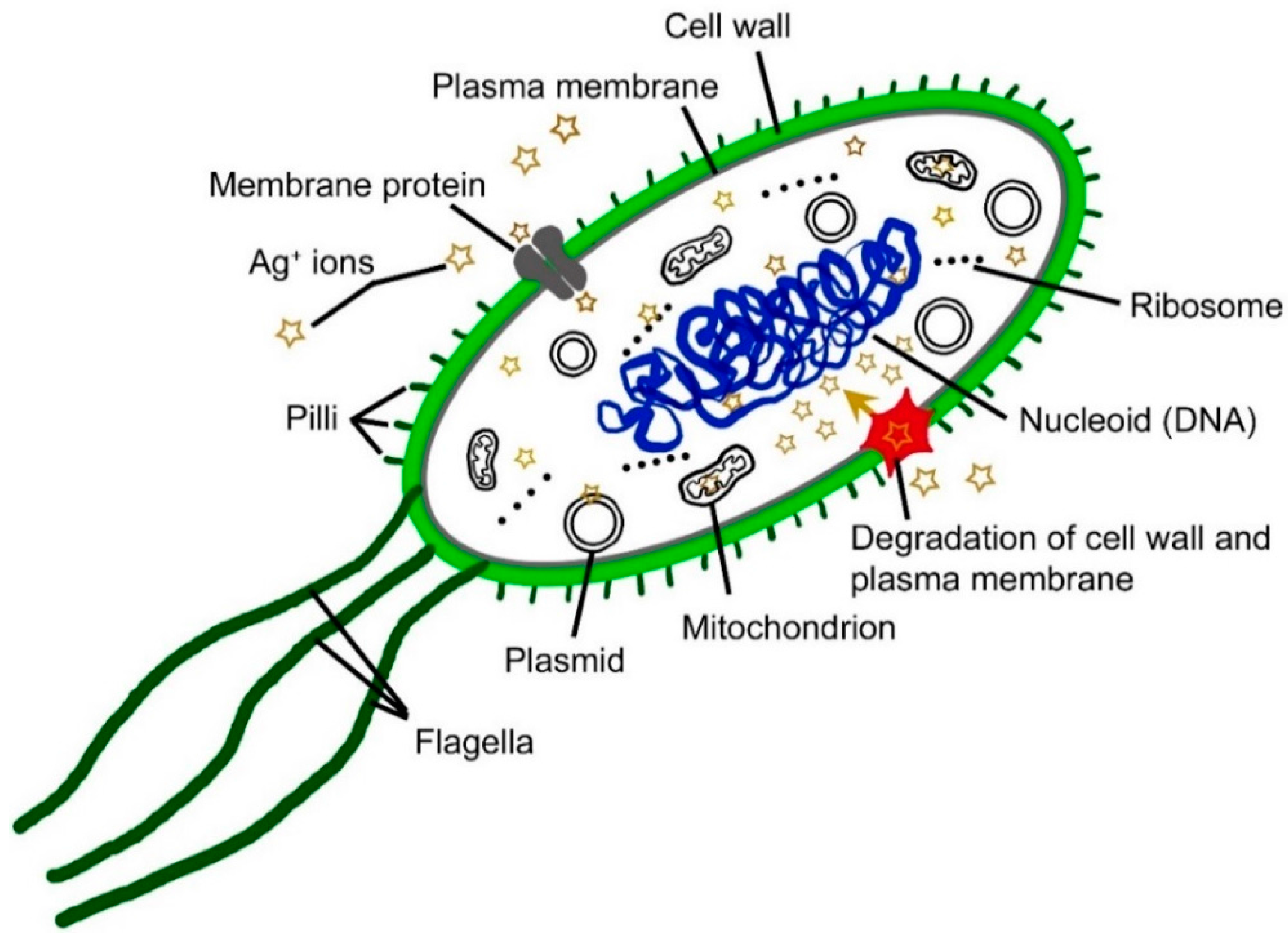 Antimicrobial biocompatible polymers form a group of highly desirable materials in medicinal technology that exhibit interesting thermal and mechanical properties, and high chemical resistance. There are numerous types of polymers with antimicrobial activity or antimicrobial properties conferred through their proper modification. In this review, we focus on the second type of polymers, especially those whose antimicrobial activity is conferred by nanotechnology. Nanotechnology processing is a developing area that exploits the antibacterial effects of broad-scale compounds, both organic and inorganic, to form value-added medical devices. This work gives an overview of nanostructured antimicrobial agents, especially silver ones, used together with biocompatible polymers as effective antimicrobial composites in healthcare. The bactericidal properties of non-conventional antimicrobial agents are compared with those of conventional ones and the advantages and disadvantages are discussed.
Antimicrobial biocompatible polymers form a group of highly desirable materials in medicinal technology that exhibit interesting thermal and mechanical properties, and high chemical resistance. There are numerous types of polymers with antimicrobial activity or antimicrobial properties conferred through their proper modification. In this review, we focus on the second type of polymers, especially those whose antimicrobial activity is conferred by nanotechnology. Nanotechnology processing is a developing area that exploits the antibacterial effects of broad-scale compounds, both organic and inorganic, to form value-added medical devices. This work gives an overview of nanostructured antimicrobial agents, especially silver ones, used together with biocompatible polymers as effective antimicrobial composites in healthcare. The bactericidal properties of non-conventional antimicrobial agents are compared with those of conventional ones and the advantages and disadvantages are discussed.
Keywords: antimicrobials; biocompatibility; bottom-up; central venous catherer; chemical-vapour-deposition; Escherichia coli; in-vitro; medical devices; modification; nanostructures; one-dimensional nanostructures; polymers; surface-roughness; thin-films; top-down; vancomycin-resistant enterococcus
